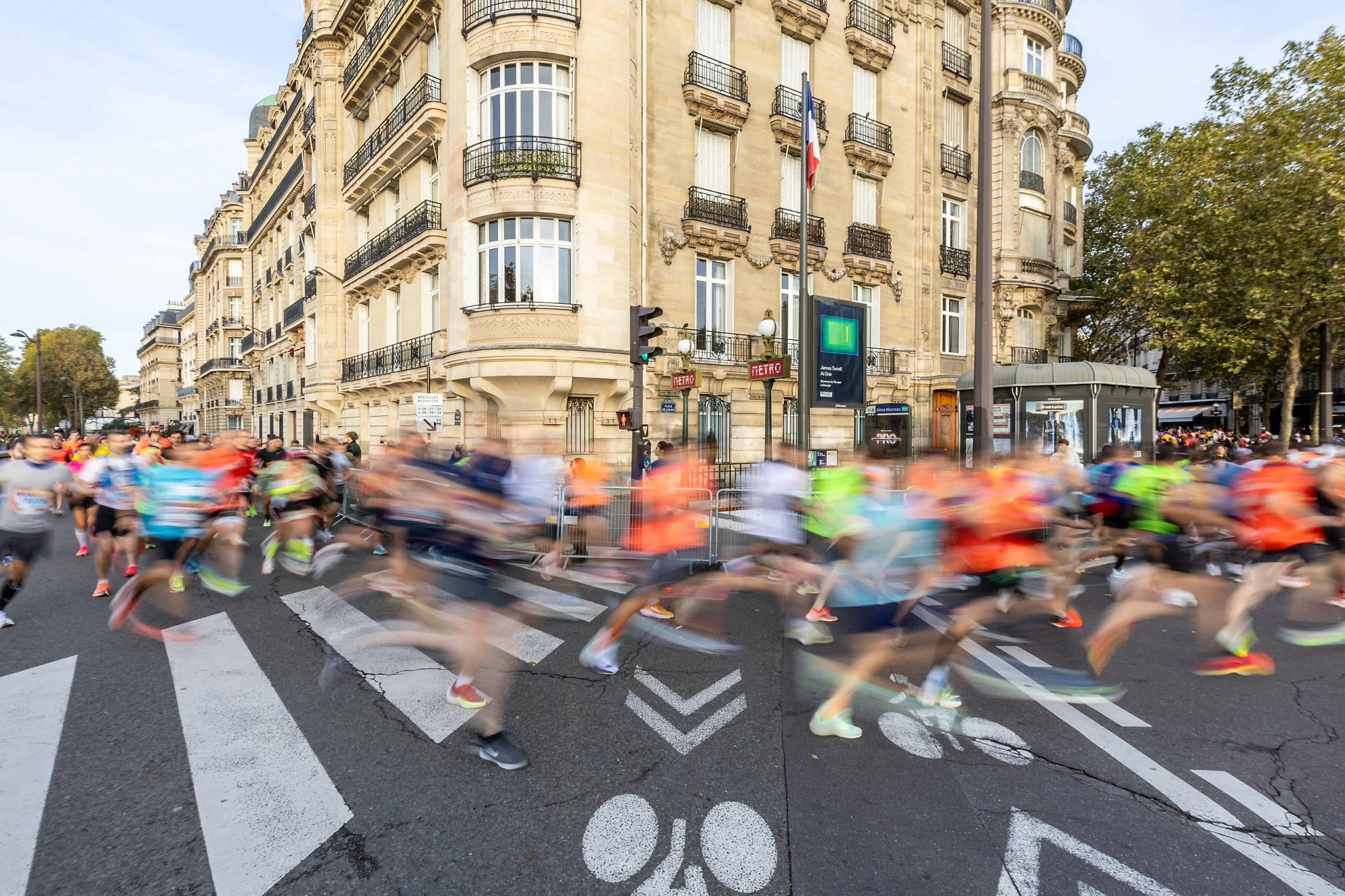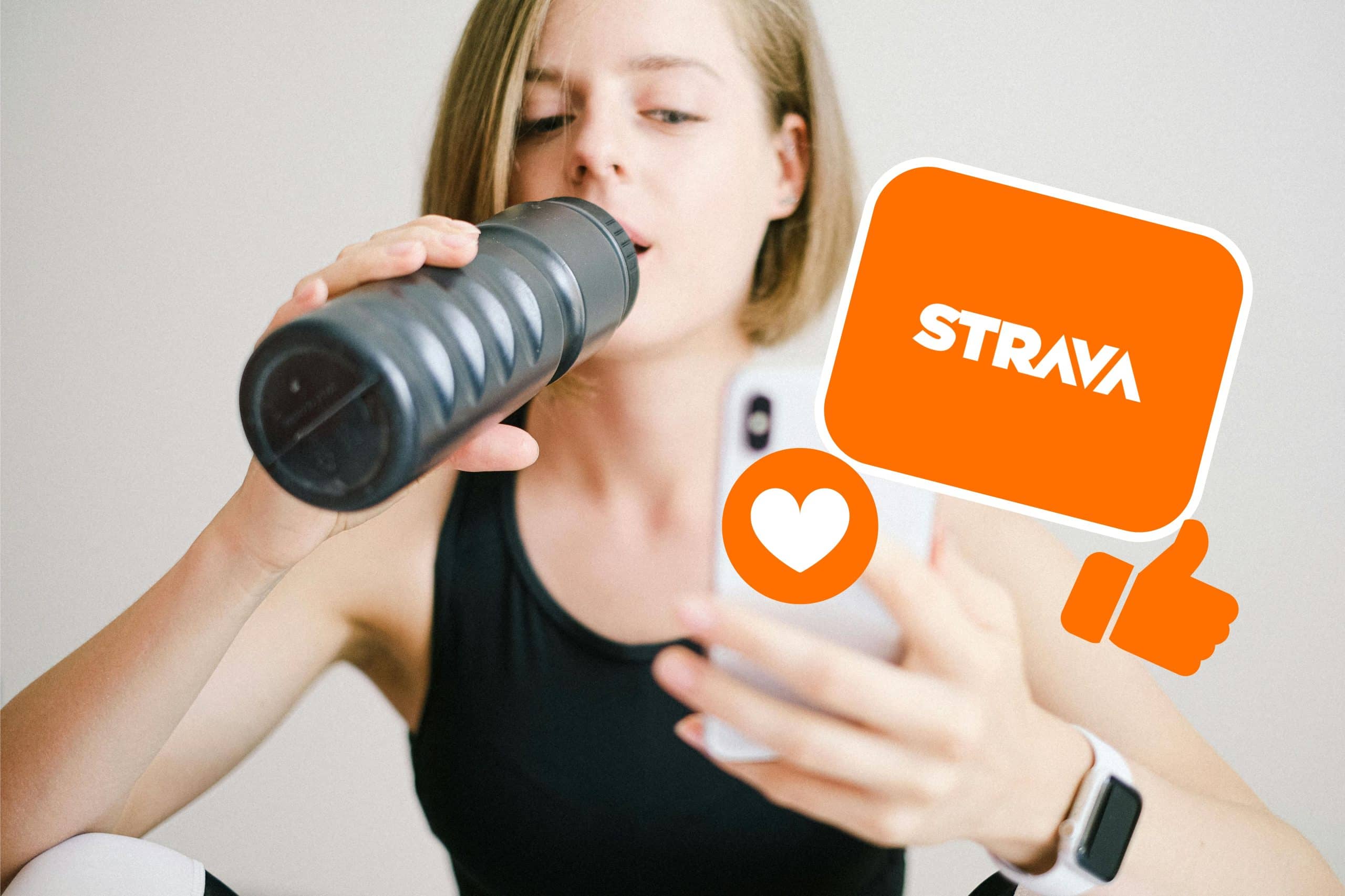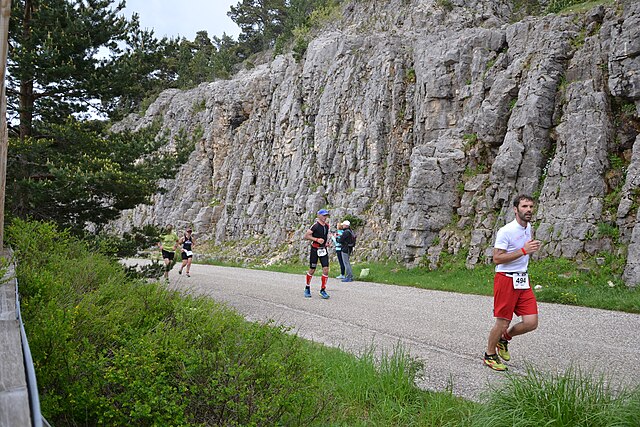“Slow Running”: The New Key to Performance?
09/01/2025 19:10Slow food, slow life, slow running… In a constantly accelerating world, the slow movement keeps gaining traction, even if it’s sometimes dismissed. Let’s focus on slow running, popularized by the Japanese Hiroaki Tanaka.
Not just for the scenery
Ever since the rise of running, times have been dropping. We’re moving faster and faster, both professionals and amateurs. But a modern runner, constantly checking their watch, might be tempted to slow down, listen to their body, and take in their surroundings. The idea of enjoying running is definitely present in the theory of Hiroaki Tanaka (1947 – 2018), who believed in the motto: “run only at a pace that allows you to smile,” known as the “niko-niko” pace. Niko-niko means smile in Japanese. The concept of slow running was developed by the Professor Hiroaki Tanaka, a Japanese sports physiologist, who inspired many globally through his numerous publications on the subject. Tanaka ran over 60 marathons without injury and set his personal record at the age of 50 with a time of 3h38’50. He attracted many people to running who were put off by the sport’s traditional performance focus.
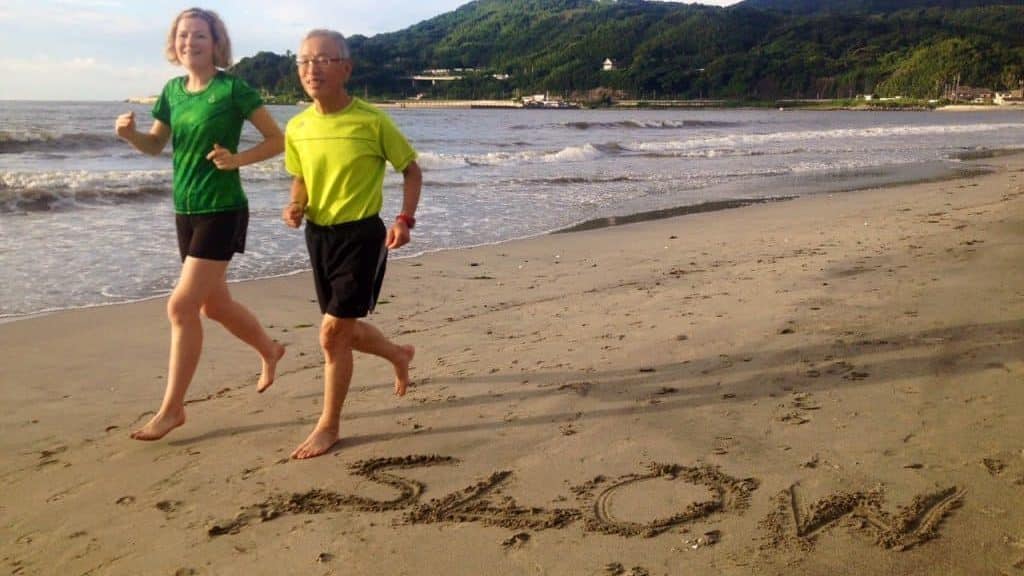
The professor’s greatest discovery? He found that the niko-niko pace allowed for faster fat burning than regular jogging, while still providing the same endorphin-related pleasure. In this realm, slow running even has an advantage: adrenaline isn’t triggered by the practice, helping you avoid the exhaustion sometimes following a workout. This approach is ideal for beginners or those lacking movement in their personal and professional lives. But beware, some athletes incorporate it into their training programs, demonstrating that slow running goes beyond the clichés often associated with it.
The world’s fastest miler, a slow running enthusiast
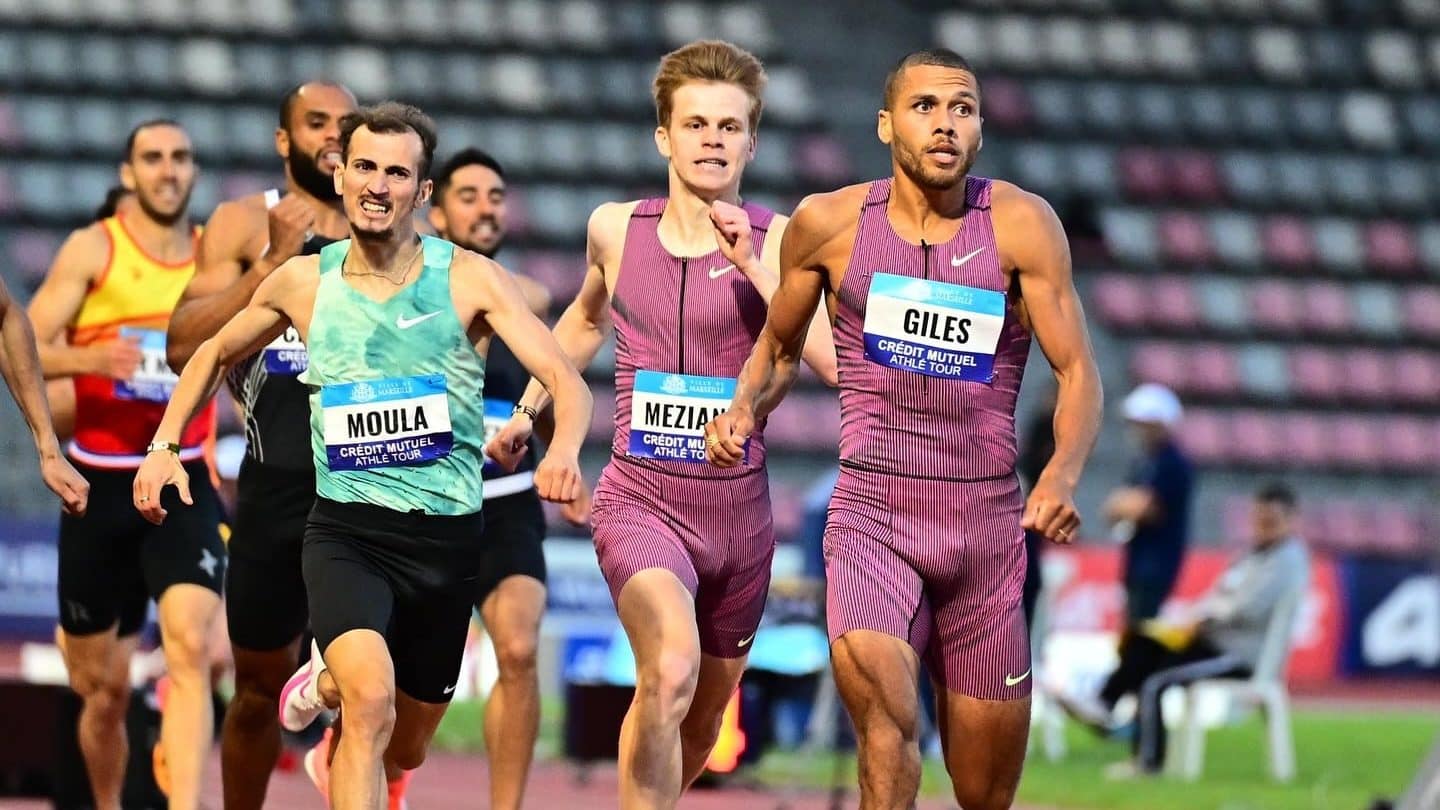
Track and field followers probably know him, especially since he’s charismatic and likable. The Brit Elliot Levi Giles, born May 26, 1994, holds the mile world record (3 minutes 51 seconds and 3 tenths), is a double European medalist in the 800 meters, and an Olympic runner. In 2023, he told an English magazine about his regular slow running practice, which he considers foundational to his physical condition: “Many people focus on the clock, distances, and everything related to performance, but there’s beauty in slow running. Today, I ran without a watch and almost walked. But this practice has a place in elite training because it’s where you build your foundations. Today, I ran in a beautiful place and enjoyed the experience. Slow running is my time to destress.” Another example, again from Japan: some Japanese Olympic runners train in a way that might seem unusual. They mostly run very slowly before sprinting on short distances (close to the 80/20 approach). This polarization increases aerobic endurance.
Real Benefits for the Body
While the approach might make you smile, like Tanaka’s practice, let’s not be fooled: slow running is deeper than it appears. It’s even a highly coded discipline for its most dedicated followers. While you can enjoy the scenery and head out without a watch, there’s an orthodox side to slow running. There are specific running techniques to observe. Unlike traditional running, where the heel strikes the ground first, a slow runner lands on the metatarsal surface, taking more steps. In Hiroaki Tanaka’s slow running, attention is given to good body posture and relaxed shoulders. The “flight phase” is shorter than in traditional running, but tendons, bones, and muscles are still engaged by this effort. The discipline is also gentler on the body, preserving knees, hips, and back. Some runners who suffered knee pain have resumed running thanks to this approach. You can start by jogging at the recommended pace of 180 steps per minute, and be careful not to land on your heels! This short video by the Slow Jogging Association will help you start.
In summary, without stress and with a smile!

